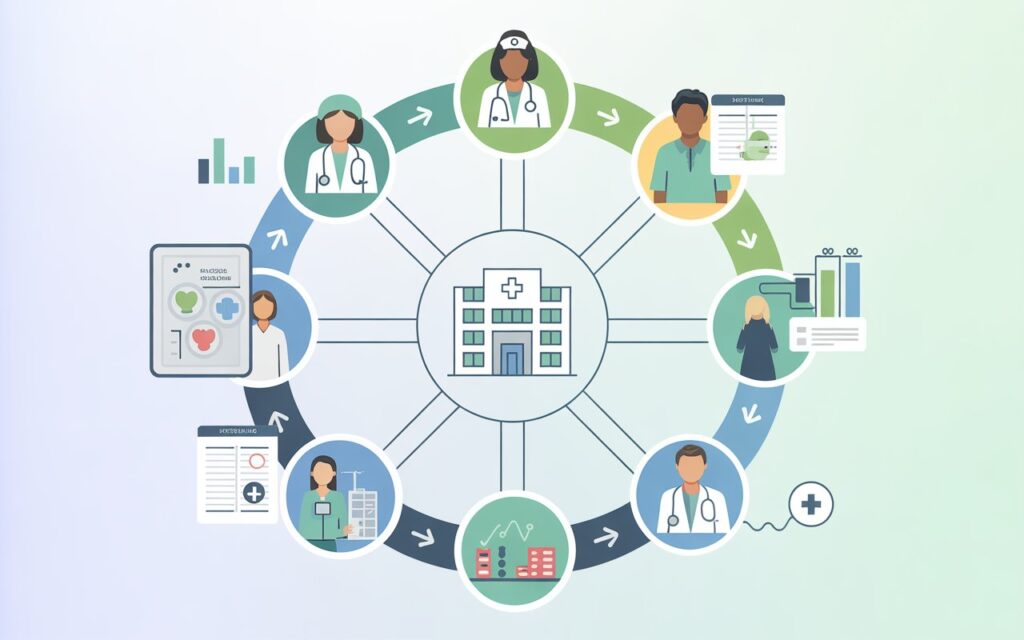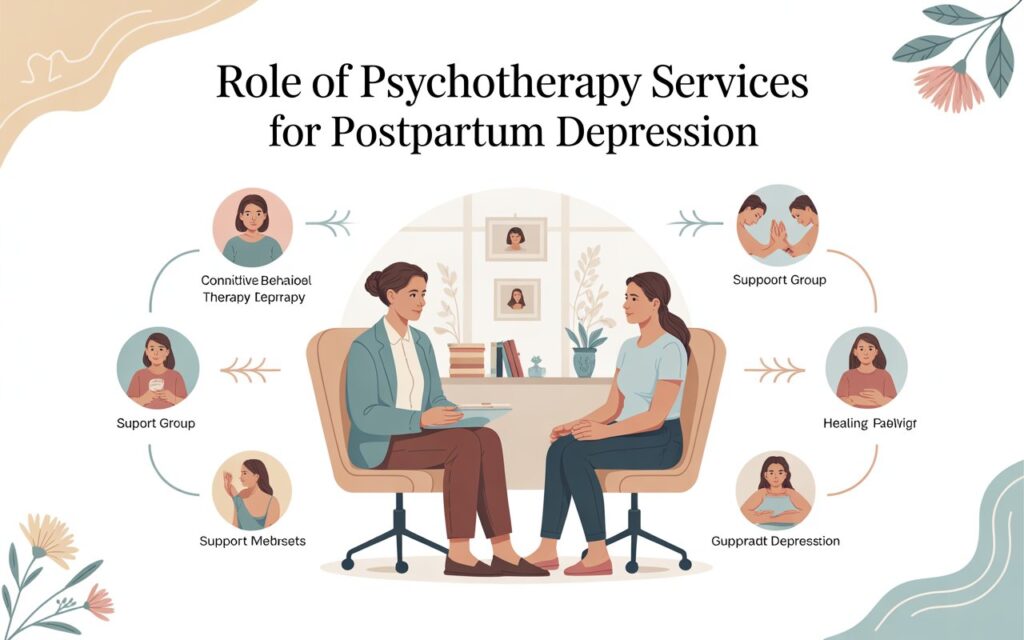Bone marrow harvesting plays a crucial role in regenerative medicine, providing valuable cells used in various treatments, including musculoskeletal injuries. With advancements in medical techniques, this procedure has become an essential part of modern healthcare. For medical professionals, gaining expertise through structured training programs ensures safe and effective execution. This article explores the bone marrow harvest procedure, its applications in musculoskeletal injuries treatment, and the importance of professional training.
What Is Bone Marrow Harvesting?
It is a medical procedure in which bone marrow is extracted from the patient’s body, typically from the iliac crest (hip bone). This harvested marrow contains stem cells that aid in tissue repair and regeneration. The extracted material is often processed and then reinjected into targeted areas to stimulate healing.
How the Bone Marrow Harvest Procedure Works
The procedure involves a few key steps:
- Patient Preparation: The patient undergoes a local or general anesthetic to ensure comfort during the procedure.
- Extraction: A specialized needle is inserted into the iliac crest to aspirate the bone marrow.
- Processing: The harvested marrow is processed to concentrate stem cells and growth factors.
- Application: The processed material is then used for musculoskeletal injuries treatment, aiding in tissue regeneration and pain management.
This method is commonly utilized in regenerative therapies to support recovery in patients with chronic joint pain, ligament damage, and degenerative conditions. Research continues to validate its effectiveness, showing promising results for individuals seeking non-invasive treatment alternatives.
Role of Bone Marrow Harvesting in Musculoskeletal Injuries Treatment
Musculoskeletal injuries are common among athletes, aging individuals, and those recovering from accidents. These conditions often require effective treatments to enhance recovery. Bone marrow-derived cells play a significant role in repairing damaged tissues, reducing inflammation, and promoting healing.
Benefits of Bone Marrow-Derived Therapy for MSK Treatment
- Non-Surgical Option: Many musculoskeletal conditions can be managed without invasive surgeries.
- Faster Recovery: Stem cell-rich bone marrow accelerates healing and minimizes downtime.
- Pain Reduction: The regenerative properties of bone marrow cells help reduce chronic pain in joints and soft tissues.
- Improved Functionality: Patients experience improved mobility and function after undergoing treatments that utilize bone marrow-derived stem cells.
- Long-Term Healing: Unlike temporary pain relief methods, regenerative therapies using bone marrow harvesting provide long-term healing benefits.
As the demand for non-invasive and regenerative treatments grows, the importance of utilizing bone marrow harvesting in musculoskeletal injuries treatment continues to rise. Ongoing studies show that patients who receive this treatment experience higher success rates and reduced reliance on pain medications compared to those who opt for traditional therapies.
The Need for Specialized Training
Performing a bone marrow procedure requires skill and precision. Medical professionals must undergo specialized training to ensure patient safety and maximize treatment efficacy.
What a Bone Marrow Harvesting Training Covers
- Anatomical Knowledge: Understanding the structure of the iliac crest and other potential harvest sites.
- Extraction Techniques: Hands-on experience with aspiration methods to ensure high-quality stem cell yield.
- Processing and Application: Training in processing techniques to isolate beneficial cells for musculoskeletal injuries treatment.
- Safety Protocols: Learning how to minimize complications and ensure patient safety throughout the procedure.
- Case Studies and Practical Application: Training includes real-world case studies to help professionals understand the effectiveness of bone marrow-derived treatments in clinical settings.
- Regulatory and Ethical Considerations: Understanding legal and ethical aspects of regenerative medicine ensures compliance with industry standards.
By undergoing bone marrow harvest procedure training, professionals gain the expertise needed to offer advanced regenerative treatment options. Learning from experienced mentors helps ensure that practitioners develop the confidence to apply these techniques effectively in clinical practice.
Choosing the Right Training Program
Medical professionals looking to expand their expertise in bone marrow harvesting should seek reputable training programs. The Regenerative Medicine Academy offers comprehensive courses tailored to equip practitioners with essential skills. Their structured programs provide hands-on experience, expert-led instruction, and in-depth knowledge of MSK treatment applications.
Training programs like those offered by the Regenerative Medicine Academy provide step-by-step guidance, ensuring participants gain real-world experience. These programs also include workshops and live demonstrations, allowing medical practitioners to refine their skills in a supervised environment. Investing in proper education and training enhances professional credibility and allows practitioners to offer cutting-edge treatments to their patients.
With the rise of regenerative medicine, staying up to date with cutting-edge techniques is crucial for healthcare providers. Proper training ensures practitioners can confidently perform bone marrow procedures and apply them effectively in treating musculoskeletal injuries.
Conclusion
Bone marrow harvesting is a groundbreaking procedure that has transformed musculoskeletal injuries treatment. Proper training ensures that medical professionals perform this technique effectively, enhancing patient outcomes. For those looking to gain expertise, enrolling in this course is a vital step.
Take the Next Step
Advance your medical career with specialized bone marrow harvest procedure training. Enroll at the Regenerative Medicine Academy today and become proficient in regenerative therapies. Proper training opens the door to offering innovative treatments, improving patient care, and staying ahead in the evolving field of regenerative medicine.









